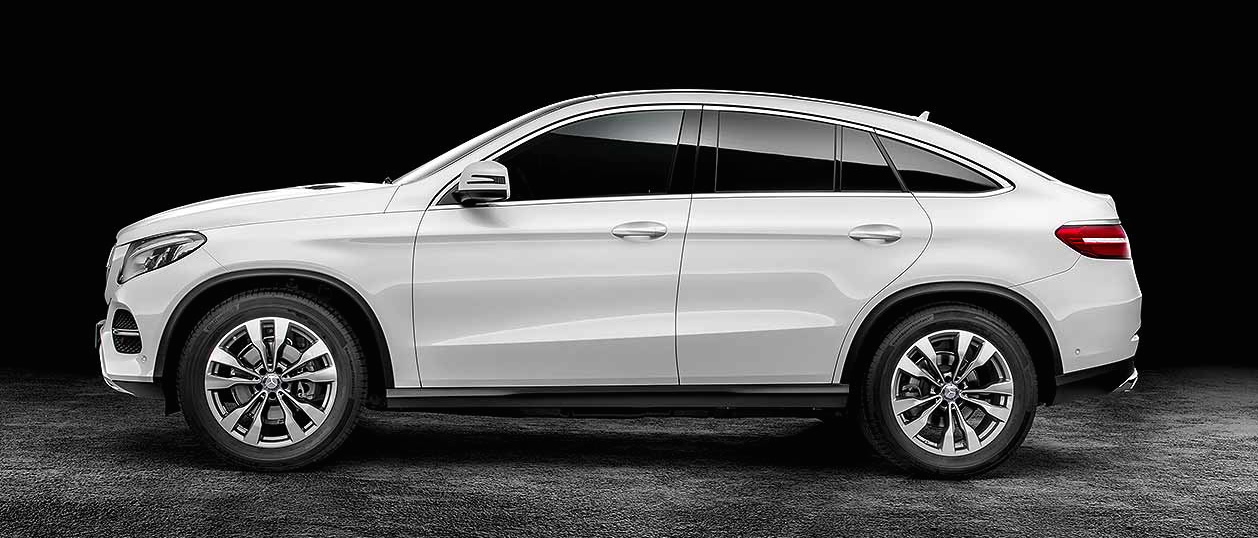Actually, it seems that in 1966 Porsche first marketed a 911 convertible featuring a fixed roll-bar combined with a rear window where the open-air zone was directly above the driver and passenger seats. The Porsche Targa name was taken from the race where presumably Porsches competed in its postwar iteration. Actual classical (pre- Word War 2) Targa Florio racers never had such appendages. Not even roll bars.
The comparative marketing success of the original Porsche Targa and the circa-1970 Porsche 914 (where Targa top was integral to the design and not an add-on) has led to later Targa applications. One of these was the Honda Del Sol (Wikikpedia entry here) using a Honda Civic platform.
The Del Sol was produced 1992-97 in Japan and first sold in the USA for 1993 model year. It was moderately successful in America, the link stating that total sales were a little more than 75,000 -- an average of about 15,000 per year. The car's un-aggressive styling soon led to its reputation as a chick-car (an automobile more appealing to women than men), and this might have affected sales.
All that aside, the Del Sol was pleasingly styled, and in the spirit of the new, aerodynamic styling trend that began in the 1980s. It is certainly far removed from the busy, angular ornamentation Honda and most other brands are featuring nowadays.
The Porsche 914 was an early successful affordable sporty car with the Targa feature. Its motor was located between the passenger compartment and the rear axle line. Del Sol engines were at the front, leading to better proportions than 914s had.
The Honda Del Sol.
Clean styling, but not distinctive if the Targa feature is ignored.
Showing the top in place.
Frontal view of a right-hand drive Japanese market version.
The same car with the top in place. The tail light ensemble is not well-integrated with the surrounding folds and cut lines.



































